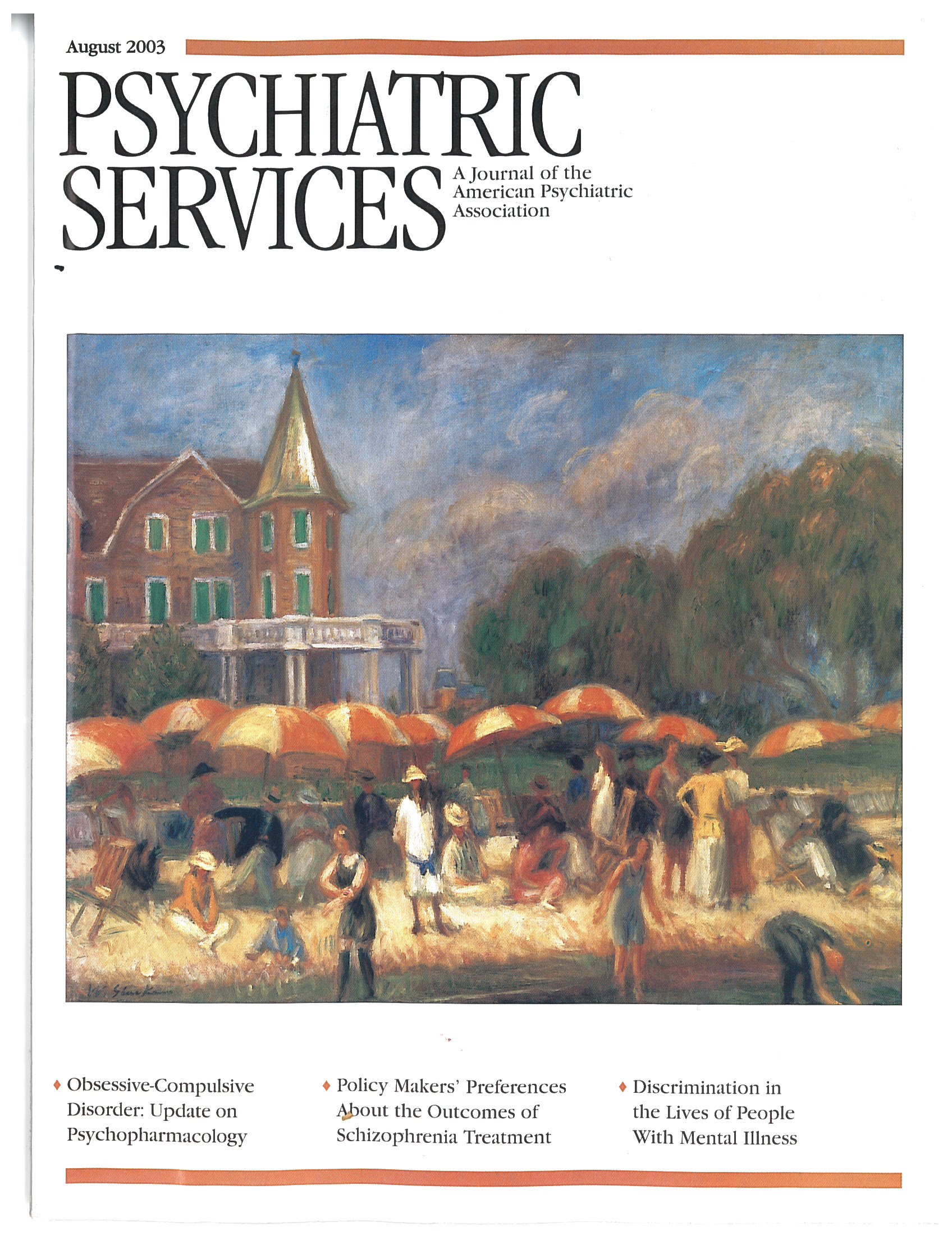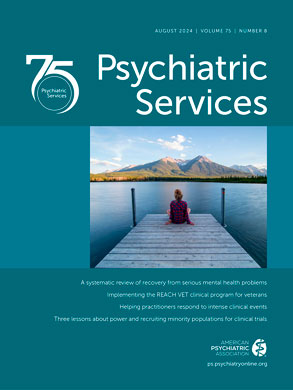To the Editor: Understanding a patient's initial panic attack and how the patient interpreted it are important to understanding the natural history of panic disorder. Characteristics of the first attack can predict characteristics of subsequent attacks (
1) and the development of agoraphobia (
2). Patients' early responses to panic attacks may influence when and where they seek care, which may also have an impact on the course of their disorder. An understanding of the determinants of early care seeking may help identify strategies to improve patients' interpretation of panic attacks as well as their treatment.
This analysis used data collected for a previous study (
3) to identify predictors of care seeking for panic attacks and sources of care used for the first panic attack. Among 50 patients who sought care for a panic attack, the most common attack for which care was initially sought (38 patients) was the symptomatically worst attack. Thirty-three patients sought care when their attacks increased in frequency. Only half of the patients (25 patients) sought care for their first panic attack, and 22 sought care when an attack included a particular symptom (for example, chest pain). Among first-time care seekers, the mean frequency of attacks was 2.85±2.55 attacks a week. Overall, 27 patients sought care before they had experienced their eighth attack, and 25 sought care within 24 weeks of experiencing their first attack.
Significant predictors of care seeking were severe paresthesia, receiving support from family members or others, being embarrassed by symptoms of panic, and having to drive a car to reach a health care setting. Patients sought care most often in general health care settings (24 patients), such as emergency departments (23 patients) and family physicians' offices (16 patients). Only 14 patients initially sought care in a mental health setting, and eight patients called an ambulance. The only demographic or clinical variable significantly associated with care seeking from a family physician was severe sweating. The only significant predictor of calling an ambulance was lower educational level. Use of an emergency department was predicted by severe dizziness during an attack, and use of a mental health setting was predicted by having had previous health care.
Another study of patients with panic attacks found that dizziness was associated with ambulance use and that chest pain was associated with use of an emergency department (
4). In that study, less educated people used more urgent sources of care.
The results of this study are limited by the small sample and by its dependence on patient self-report. More research is needed on the first encounter with the health care system by patients who have panic attacks.

